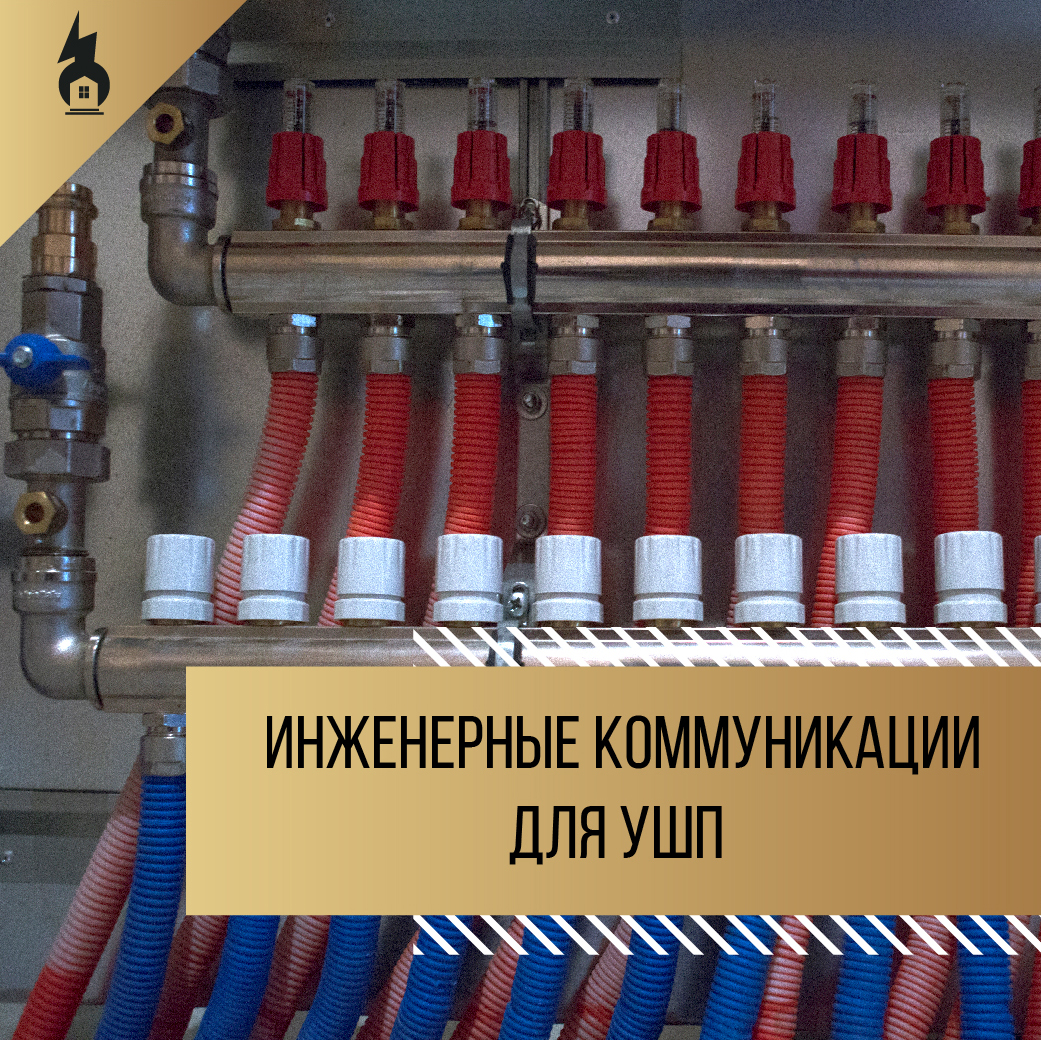⠀ Underfloor heating pipes are included in the stove, which are part of a low-temperature heating system. Such a floor, due to the optimal temperature distribution along the height of the room and radiant heat transfer, provides a person with increased thermal comfort. ⠀
⠀
@energo_doma⠀
Cross-linked polyethylene pipes can be used to install the underfloor heating in the USP. These pipelines have the best thermal conductivity, throughput, mechanical strength, reliability and durability. The diameter of the pipeline is selected during the hydraulic calculation, from the size range: 14, 17, 20 mm (outer diameter of the pipeline) based on the condition that the hydraulic losses of the most unfavorable circuit in the system (the longest and most loaded) do not exceed 30 kPa. ⠀
⠀
⚙ Installation of pipes made of cross-linked polyethylene ⠀
allowed at ambient temperatures from + 50 ° C to -10 ° C. Pipes are connected using sliding sleeves, which increases the speed of installation and ensures the tightness of the joints. ⠀
⠀
⛓ Among the advantages of such pipes, we highlight: ⠀
Pipes can bend without fracture with a radius equal to 5 diameters, which is very important, because pipes are laid in small steps in the underfloor heating circuits and constantly change direction by 90 or 180 °. °
Both pipes and fittings attached to them on a sliding sleeve are reliable and durable. Pipes are resistant to mechanical stress, both in the process of their installation, and when pouring USP. Fracture or mechanical deformation of the pipe, which the installer can allow, is eliminated by heating with a hairdryer without changing the technical characteristics of the pipelines. ⠀
⠀
⛏ The water inlet should be laid without a channel, in a trench at a depth of 0.5 m below the freezing depth. A layer of sand of fraction 0/8 with a thickness of at least 100 mm should be poured at the bottom of the trench. ⠀
⠀
⠀
🔩 We recommend connecting the drainage system under the slab of the monolithic insulated foundation of the USP to sound-absorbing sewer pipes. Pipes are laid in trenches under a sand cushion. ⠀


 By clicking the "Leave a request" button, you consent to the processing of your personal data and agree to our privacy policy.
By clicking the "Leave a request" button, you consent to the processing of your personal data and agree to our privacy policy.
Write a Comment